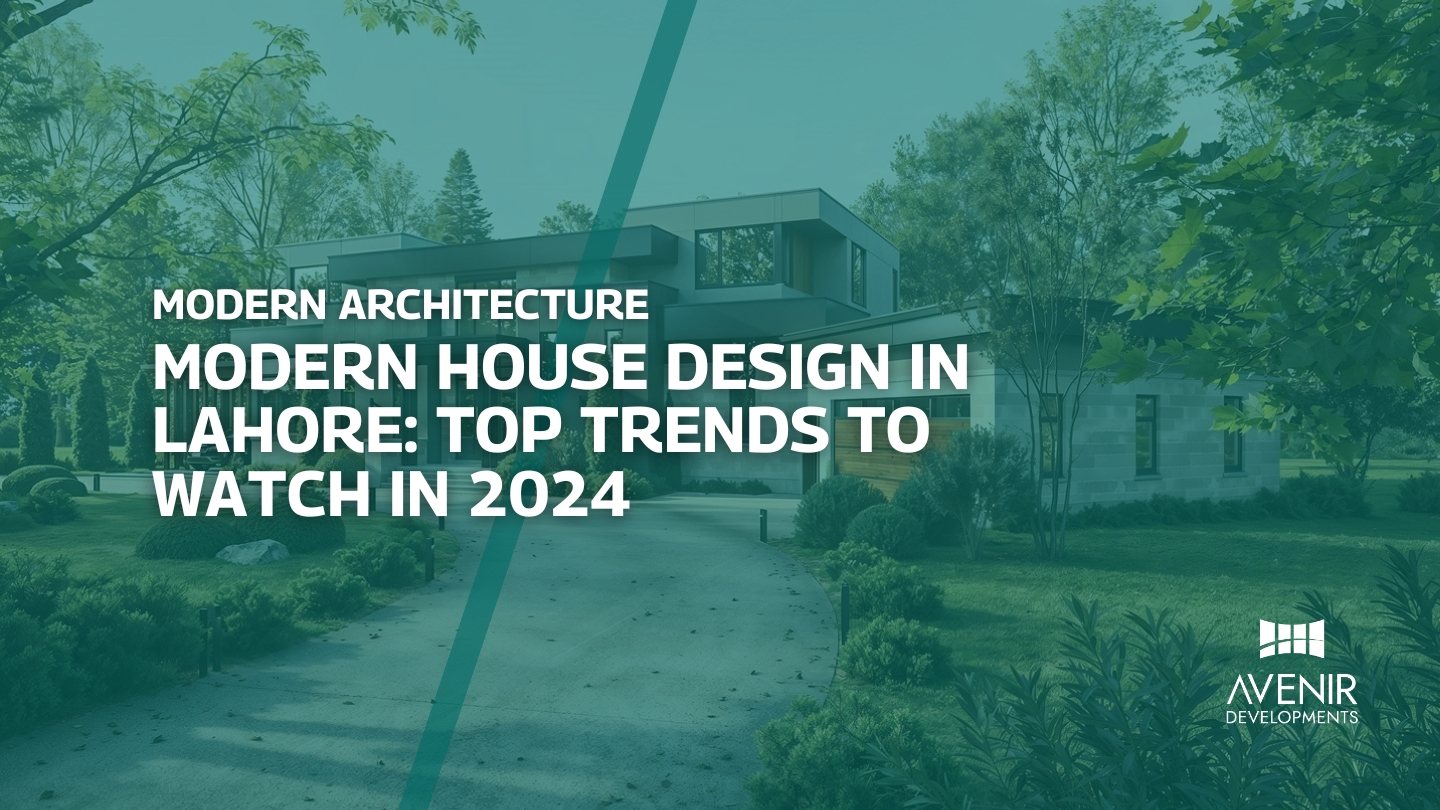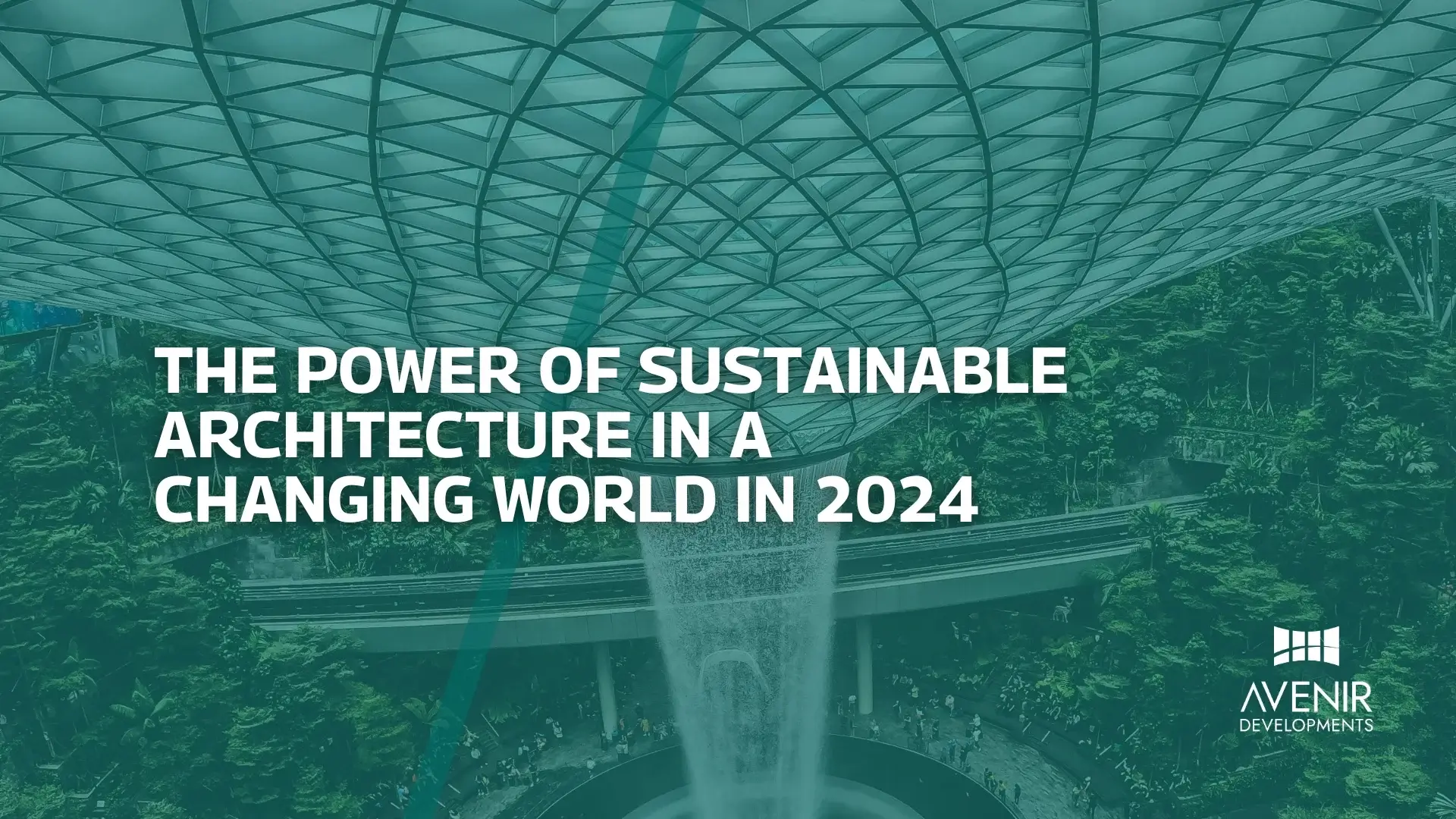Interior Design, Architecture, Residential, Residential Apartments, What will architectural practice be like in 2050
The architectural practice is constantly evolving with advancements in technology and changing societal needs. With the rapid pace of development and urbanization, it is likely that the architectural practice in 2050 will look vastly different than it does today. Here are eight points on what the architectural practice might look like in 2050:
Sustainability will be at the forefront
With the increasing concerns about climate change and the need to reduce carbon emissions, sustainability will be a primary consideration in all architectural projects. Buildings will be designed to be energy-efficient, utilizing renewable energy sources such as solar and wind power. Materials will be chosen based on their eco-friendliness, and green spaces will be integrated into building designs.
Digital design tools will dominate
With the advancements in digital design tools, the traditional sketchpad and pencil will be a thing of the past. Architects will utilize cutting-edge software to create 3D models and visualizations, allowing for more accurate and efficient designs.
Virtual and augmented reality will enhance the design process
Virtual and augmented reality technologies will become increasingly prevalent in the design process, allowing clients and architects to visualize and experience designs in real-time. This will enable more effective communication and collaboration between stakeholders.
Smart buildings will become the norm
With the increasing adoption of the Internet of Things (IoT), smart buildings will become the norm in 2050. Buildings will be equipped with sensors and smart systems that can monitor and control everything from lighting and temperature to security and energy usage.
Modular construction will increase
With the need for quick and efficient construction methods, modular construction will become increasingly popular. Buildings will be prefabricated in modules that can be easily transported and assembled on-site.
Multi-functional buildings will be designed
With space at a premium, architects will design buildings that serve multiple functions. For example, a building might serve as both a commercial space and a residential building.
Human-centric design will be prioritized
Architects will prioritize human-centric design, focusing on creating spaces that are comfortable and conducive to human well-being. This might include designing spaces that incorporate natural light, green spaces, and other elements that promote mental and physical health.
Collaboration and diversity will be key
As the world becomes increasingly globalized, architects will need to collaborate with diverse teams to create spaces that meet the needs of a variety of people. This might include collaborating with experts in fields such as psychology, sociology, and anthropology to create designs that are inclusive and welcoming to all.
Conclusion
In conclusion, the architectural practice in 2050 will be shaped by advancements in technology, sustainability concerns, and changing societal needs. Architects will need to be adaptable and innovative to create designs that meet the needs of a rapidly changing world.
#NORAResidences #AvenirDevelopments #AvenirMeansFuture #Apartments #architecture #futureofarchitecture #architecturalpractice #2050 #sustainability #greenarchitecture #technology #innovation #design #creativity #residentialarchitecture #commercialarchitecture #industrialarchitecture #religiousarchitecture #sustainabledesign #greenarchitecture #digitalarchitecture #parametricdesign #biophilicdesign #universaldesign






